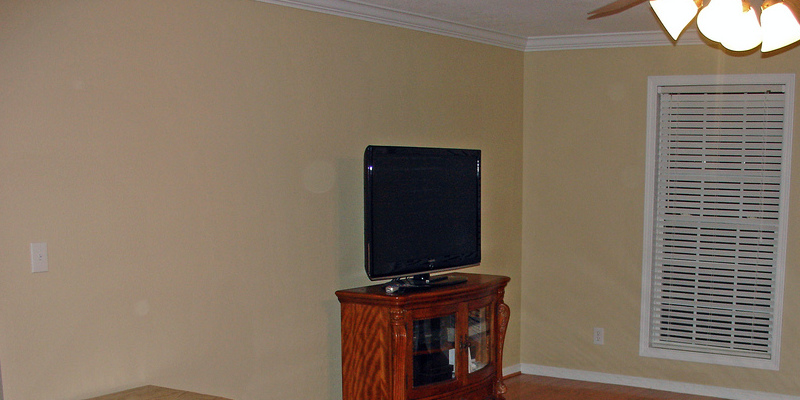Airing out a drier outside not only raises its performance, warm, damp air is prevented by it from causing harm in the home. A drier vent exit fits 4- inch stiff metal duct conduit is advocated — and it needs to be directed via a hole in the exterior wall that is closest. The most difficult component of installing a dryer vent may be reducing at the hole for this, particularly when you must get it done through stone work or masonry. Wear work gloves when handling steel duct conduits. They will have sharp borders that could generate cuts that are astonishingly big.
As soon as you have chosen the place for the drier plan the layout of the duct-work. The complete amount of the conduit needs to be no more than 25-feet. Subtract 5 feet from using this span for every 90-degree elbow 2 1/2 toes for every 45- and you will need degree elbow.
Drill a pilot hole for the exit that is duct from within the house using a 3/8-inch drill bit. In the event the siding is stone or masonry make use of a masonry bit. Excavating in this manner, you will have the ability to find out where the hole transfer it if there are any obstacles and will be. It will supply you with a reference to help you cut at the hole from exterior using the confidence that it is in the correct spot. The hole is tiny enough to mend in the event you create an error.
Cut the hole using a drill as well as a 4 1/4- through wood, cement-board, vinyl or aluminum siding inch hole observed. Cancel the bit of the hole-saw about 1/2 inch from the bit can bite. currently drilled therefore Hold the drill with your hands palms when the tool starts to cut. Drilling using a big-diameter holesaw produces significant torque, and it is simple to lose manage.
Outline the outline of the conduit that is duct on stucco, masonry or every other stuff you can not cut-through with a tool. A succession of holes round the outline having a 1/4-inch masonry bit , out the hole with a cool.
Add the conduit attached through the hole in the surface to some port cover and anchor the cap or, in case of stone or masonry, with construction adhesive. Be certain the cover opening faces down. Seal the opening involving the conduit and also the borders of the hole with caulking.
Put in a fitting on the end-of the pipe to route the pipe in the way you would like it to go. As required with tin snips measure the lengths of conduit you want using a tape measure and cut conduit. Fit the conduit together with proper fittings to to create the line to the port outlet on the rear of the drier.
Transfer the drier so its port opening lines up precisely using the port line and join them with a suitable fitting. Anchor the line to the drier having a steel pipe clamp.
Strengthen each joint in the port line with alloy foil tape. It continues longer than duck tape. The port line by fixing it with conduit straps to wall studs or ceiling joists.
Once you are finished installing the port turn on the drier and confirm that air is blowing through the port cover on the face of your home.
